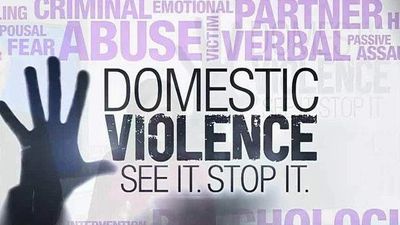In the U.S., nearly 1 in 4 women reports experiencing violence by a current or former spouse/boyfriend at some point in her life. However, about 1 in 10 men in U.S. also is victims of domestic violence and about 4% of all men have been injury by a partner at some point as well.
What is Domestic Violence?
Domestic or intimate partner violence. Domestic violence is sometimes called intimate partner violence. It includes physical, emotional or sexual abuse, as well as sexual coercion and stalking by a current/former intimate partner. An intimate partner is one with whom he/she have or had a close personal/sexual relationship. Domestic violence can be physical, emotional, sexual, psychological and financial.
Types of Domestic Violence
- Physical abuse - involves injuring, disabling or killing the victim. Physical violence can include burning, biting, choking, grabbing, pinching, punching, pushing, throwing, scratching, shoving, shaking, or slapping.
- Emotional abuse - involves actions designed to destroy a person's sense of self-respect or self-worth. It includes constant, an unrelenting verbal onslaught of insults and criticisms designed to humiliate and belittle the victim.
- Sexual abuse - includes rape and sexual assault, but it also includes demeaning behavior like exposing a partner's body to friends, forcing a partner into posing for pornography, secretly videotaping or forcing a partner to engage in sexual activities.
- Psychological abuse - these includes acts, threats of acts or coercive tactics to cause someone fear and trauma. Psychological abuse also includes humiliation; controlling what the victim can and cannot do; withholding information; diminishing or embarrassing the victim; isolating the victim from friends and family.
- Financial abuse - one of the most common forms of domestic abuse and also the difficult to recognize, even for the victims. It can be denying the victims access to money or other resources; as well as, refusing the spouse/partner to work or get an education.
Domestic violence treatments may be for the victim or the offender and including counseling for children who have witness abusive relationships. However, among the various types of domestic violence treatments are physical treatments and mental health therapies such as psychotherapy and cognitive behavioral therapy.
